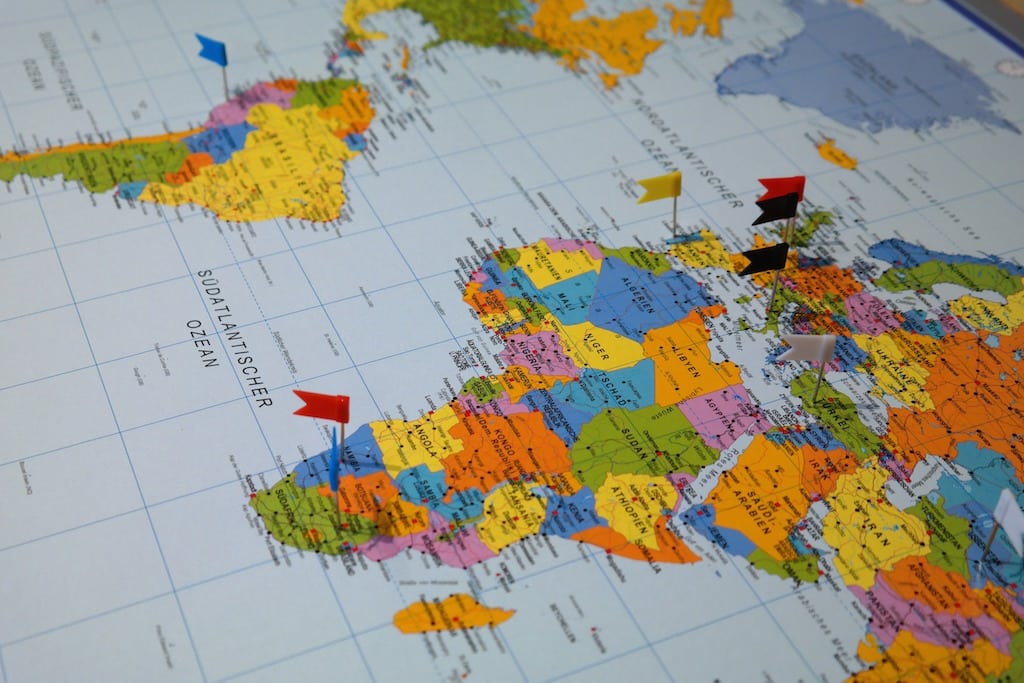How Global Travel Brands Can Get Their Employees on the Same Page

Skift Take
This sponsored content was created in collaboration with a Skift partner.
Global travel brands, whether large or small, face unique challenges that local and national travel brands don’t often have to deal with. Differences in language, time zones, culture, customs, and currency, or all of the above, can make communication and engagement among employees more difficult than usual, adding up to high costs and productivity loss for the company. While there’s not much that can be done about some of these factors, providing content in the employee’s local language can help get everyone on the same page to communicate more effectively.
Language variations among employees is one of the ultimate obstacles that global companies deal with. While English tends to be the global language of business and is by far the most common language taught to non-native speakers, as global brands expand into new markets, it can’t always be expected that employees will speak English fluently. Additionally, many countries with the fastest growing economies in the world—such as India and China—are home to a number of different local languages. It’s vital for global travel companies to help employees “speak the same language,” even when their actual languages are totally different. One way companies can do so is by translating their content so that all employees, no matter what language they speak, can understand it.
While giving employees the ability to communicate with one another by embracing a translation solution is obviously important for basic day-to-day operations, it can also reduce business costs by cutting down the need for employee travel, alleviating friction in the hiring process, assisting with training and quickly orienting employees with the organization, and helping make internal document creation more efficient. Additionally, as employee engagement becomes an increasing focus in today’s business world, a global content solution can help employees share a sense of purpose, as well as help them respect, trust, and learn from one another.
Beyond company employees, travel and hospitality brands often partner with external consultants, outside business entities, or franchisees in markets where English is not the primary language. Being able to communicate with these parties and provide them with information, such as company policies, contracts, and other informational materials, can streamline communication with these business constituents and reduce costs in the long run.
None of this is possible if there’s no practical way for a company to overcome language barriers. Tailoring content so that it’s in the individual’s local language can help break the language barriers that often come with international operations, and drive efficiency and the company’s bottom line.
Smartling’s technology and services help ambitious travel and hospitality brands tell their global story by eliminating the manual processes and reducing the costs associated with digital content localization. Learn more here.
This content was created collaboratively by Smartling and Skift’s branded content studio, SkiftX.




